- Home
- Articles
- Architectural Portfolio
- Architectral Presentation
- Inspirational Stories
- Architecture News
- Visualization
- BIM Industry
- Facade Design
- Parametric Design
- Career
- Landscape Architecture
- Construction
- Artificial Intelligence
- Sketching
- Design Softwares
- Diagrams
- Writing
- Architectural Tips
- Sustainability
- Courses
- Concept
- Technology
- History & Heritage
- Future of Architecture
- Guides & How-To
- Art & Culture
- Projects
- Interior Design
- Competitions
- Jobs
- Store
- Tools
- More
- Home
- Articles
- Architectural Portfolio
- Architectral Presentation
- Inspirational Stories
- Architecture News
- Visualization
- BIM Industry
- Facade Design
- Parametric Design
- Career
- Landscape Architecture
- Construction
- Artificial Intelligence
- Sketching
- Design Softwares
- Diagrams
- Writing
- Architectural Tips
- Sustainability
- Courses
- Concept
- Technology
- History & Heritage
- Future of Architecture
- Guides & How-To
- Art & Culture
- Projects
- Interior Design
- Competitions
- Jobs
- Store
- Tools
- More
Best Architecture Schools #1 – Massachusetts Institute of Technology (MIT)
MIT was founded in Cambridge, where Harvard University is also located. The city also draws attention with its student diversity and river view.

Table of Contents
ToggleMassachusetts Institute of Technology (MIT)
History
MIT was founded in Cambridge, where Harvard University is also located. The city also draws attention with its student diversity and river view. The university, which started accepting its students in 1865, is a worldwide brand today with its research and inventions to transform society for the better.
Massachusetts Institute of Technology that is a private research university consists of the Faculty of Architecture and Planning, the Faculty of Engineering, the Faculty of Letters, Arts and Social Sciences, the Faculty of Science, the Alfred P. Sloan School of Business, the Whitaker College of Health Sciences and Technology, and 34 academic departments.

MIT university’s entry requirements are quite demanding for students. In addition to your English proficiency, essays that describes your scientific and social entrepreneurship studies are evaluated with the interview with an MIT graduate is based on. If you are faced with the problem of writing an entrance
essay for the university, you should pay for essay writing in USA it will help you a lot.
MIT offers different cultural, extremely modern and deconstructive buildings to students; the conference hall Kresge Auditorium, the MIT Media Lab, Simmons Hall with student residences, the Tang Center with academic offices and classrooms, the Zesiger Sports and Fitness Center; Stata Computer Science and Artificial Intelligence Laboratory.
Architecture School
MIT is the world’s first official school of architecture!
Founded by William Robert Ware, the school offered the first official architectural curriculum in the United States and the first architecture program in the world to operate within a university establishment. The school is a global academic leader in the fields of design and one of the most prestigious schools in the world. Although established within a technical school, the architecture program includes courses that are much closer with the liberal arts.

The Architecture department is divided into five main research areas: Architectural Design; building technology, Design and Calculation, Architecture and Art History, Theory and Criticism, and the Arts, Culture and Technology program. In addition, there are three special research groups: the Aga Khan Program on Islamic Architecture, the Center for Real Estate, and the Special Interest Group in Urban Settlements. The Aga Khan program is in partnership with Harvard University.
The Department of Urban Studies and Planning (DUSP) has four sessions of expertise: Urban Design and Development, Environmental policy, Housing, Community and Economic Development, and the International Development Group. There are also three intersecting areas of study: Transport Planning and Policy; Urban Information Systems (UIS); and Regional Planning.

Media Lab
In 1980 the Media Lab established by the work of MIT’s Architectural Machinery Group and remained in MIT’s School of Architecture and Planning. Media Lab primarily works on the theory and real-world application of the physical-virtual interface. There are various and precious research products coming out of the Media Lab in many fields.

Rogers Building
Most of the school’s facilities are near the Rogers Building, at the main entrance to the central MIT campus. The building was designed by William Welles Bosworth; the corridor spaces are named the Endless Corridor. The building is lined with studio spaces and classrooms, with other classrooms scattered across the campus. The “glass bowl” nature of many of the architectural spaces surrounding the Endless Corridor invite colleagues from the school for observation and collaboration. Spaces along the Endless Corridor regularly display exhibits featuring the work of faculty, researchers, and students. Additional SAP exhibits can be viewed at the MIT Museum, Wolk Gallery, Keller Gallery, Deans Office Gallery, Rotch Library, and the PLAZmA Digital Gallery.

- architecture courses MIT
- architecture degree MIT
- architecture design schools
- architecture education at MIT
- Architecture Schools
- architecture studies MIT
- best architecture colleges
- best architecture programs
- Best Architecture Schools
- best places to study architecture
- innovative architecture programs
- leading architecture programs
- Massachusetts Institute of Technology architecture
- MIT Architectural Design
- MIT Architecture
- MIT architecture school
- MIT School of Architecture
- prestigious architecture schools
- ranking of architecture schools
- Top architecture schools
- top architecture universities
- top-rated architecture institutions
1 Comment
Submit your architectural projects
Follow these steps for submission your project. Submission FormLatest Posts
Jebel Ali Beach: Dubai’s Future Longest Public Beach
Dubai is transforming Jebel Ali Beach into its longest public beach, introducing...
The Street: A Community Clubhouse Inspired by Indian Bylanes
Studio VDGA’s The Street in India reimagines suburban community architecture, blending traditional...
Funeral Hall Vimperk by Jakub Vašek
On the edge of Vimperk cemetery, a historic house has been reborn...
Songmont Stores by ARCHSTUDIO
Founded in 2013, Songmont is a pioneer in experiential bag design. Rooted...





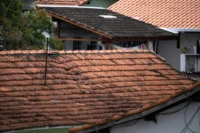
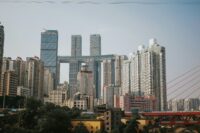
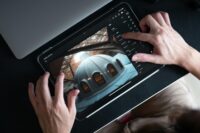
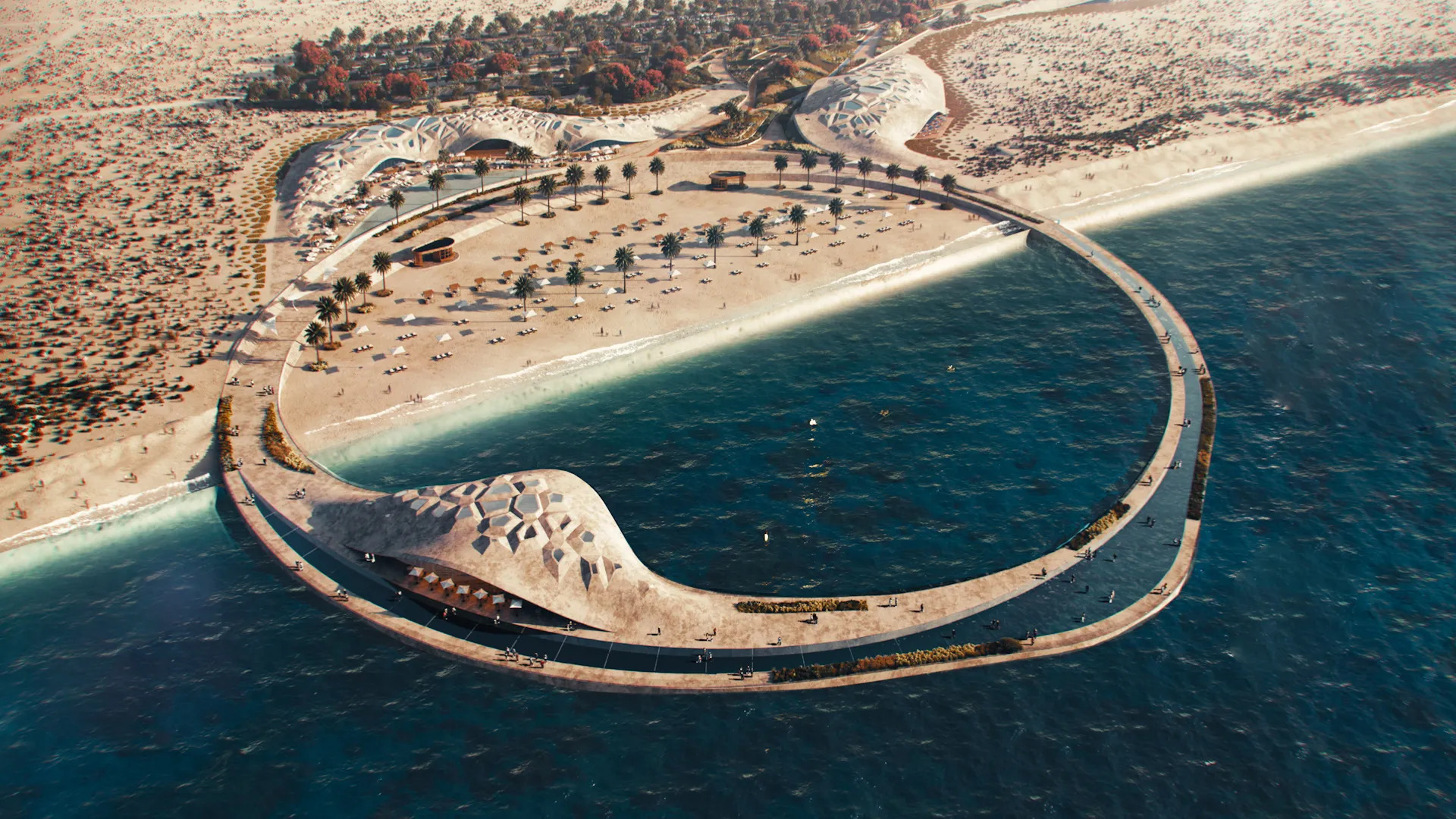
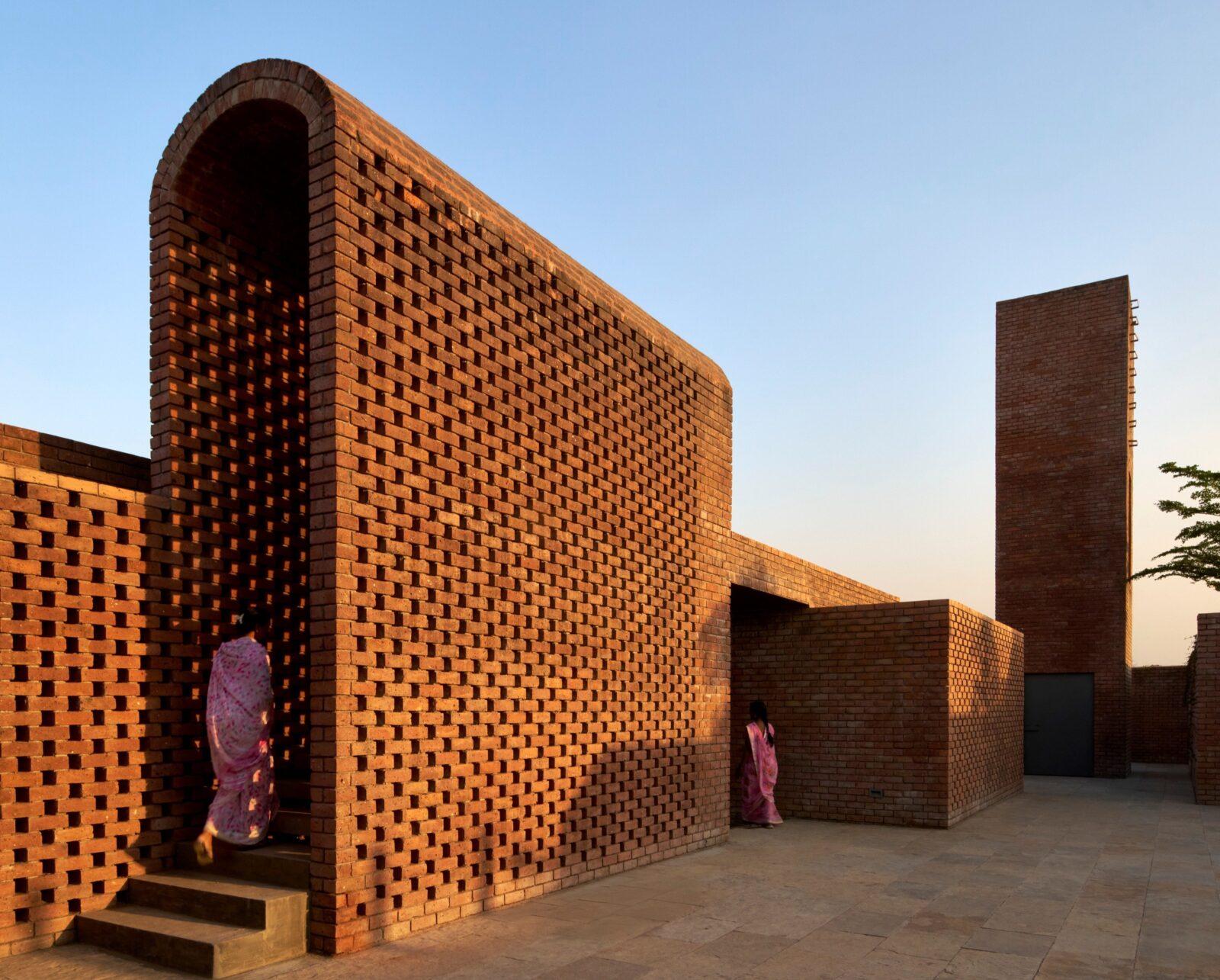


thanks